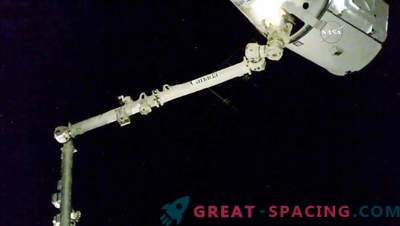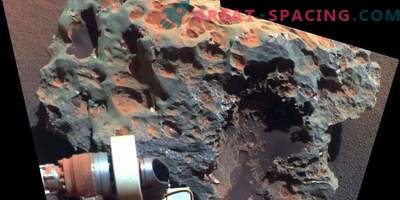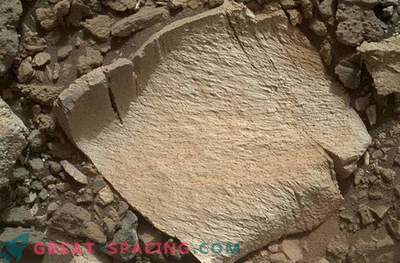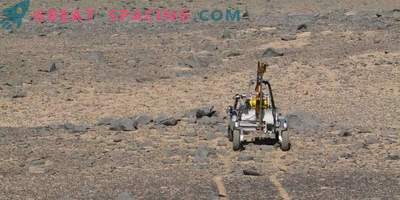
Researchers suggested starting an experiment on growing plants with the next NASA mission to Mars, which is scheduled for mid-2020. The study, known as the Mars Plant Experiment (MPX), can help lay the foundation for the colonization of Mars, so say its developers.
"In order to create a long-term and stable base on Mars, we would like to know whether plants are able to grow on Mars," said the deputy principal investigator for the MPX project Heather Smith of NASA's Ames Research Center in Mountain View, California. "This may be the first step for human colonization of space."

The MPX team led by scientist Chris McKay suggests that the rover, which will go to Mars in 2020, is not prepared for the role of a gardener who will dig a hole using a robotic arm and plant seeds on the ground of the Red Planet. Most likely, the experiment will be completely autonomous, eliminating the likelihood that earthly life will be able to leave the limits of the space module and settle down on Mars.
In the MPX project, the “CubeSat” will be used - a tiny satellite that will be placed on the outer part of the rover. This box will contain the air of the Earth, the soil, and 200 seeds of Arabidopsis, a small flowering plant that is commonly used in scientific research. Seeds will get water when the rover touches the surface of Mars. Seeds will then grow for two weeks or so.

"In 15 days we will have our own greenhouse on Mars," said Heather Smith.
The MPX project will allow us to understand how earthly life can withstand the disastrous high levels of Mars radiation and low gravity, which is about 40 percent of Earth's?
"The goal of our simple experiment is to build a sustainable, liveable base on Mars."
"It will also be the first multicellular organism that will germinate and die on another planet," added Smith.

Will NASA send plants to Mars?
The 2020 rover project is based on the results of another rover, Curiosity, which landed in August 2010 to determine whether Mars is able to sustain microbial life. Curiosity has already answered this question quite clearly, finding that the Mars region called Yellowknife Bay was indeed inhabited billions of years ago.
The rover of 2020 is aimed at finding signs of the past life of Mars and collecting rocks and soil for subsequent delivery to Earth. But the space agency is still working on the details of the robot's mission. For example, it has not yet determined what tools he will have on board.











































